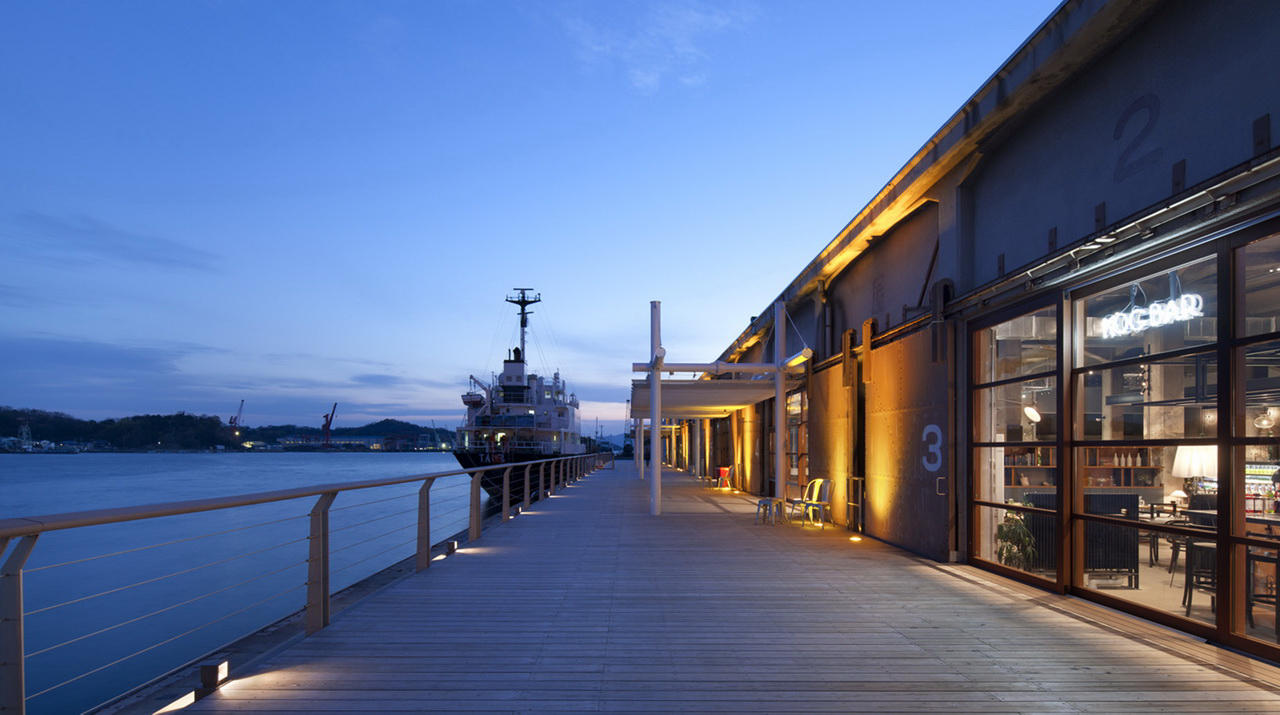Jury Chairman's Introduction
Ten years ago the Faculty, now the Department of Architecture, and the prize’s generous sponsor Paolo Fassa, offered me the opportunity to chair the prize’s jury, an offer that I gladly accepted, not least because for many years we had already acquired considerable experience in this field, as well as a series of successes and international contacts that would subsequently become very useful.
Even if for reasons of continuity the same head of Jury has presided over the competition throughout the years, the two external jury members have changed each time, with the intention of adequately representing the vastness and universality of the subject matter, references to different cultural contexts that the jury members themselves share, and the need to understand the importance of this task for the survival of our profession as architects, both in its essence and the specific works completed in the field.
The works completed all over the world have also become educational material, and this trend is destined to continue in the future.
The eleventh International Sustainable Architecture Award evaluated 100 projects from 22 countries on five continents.
The Jury, following careful appraisal of the entries on the first day of work, selected 23 projects that were believed to best reflect the Award’s philosophy; from this shortlist, three works were identified and assigned the gold medal and the two silver medals, as specified in the competition rules.
The Jury also judged a further six entries as being worthy of honourable mention on account of specific aspects concerning the issue of sustainability.
The projects receiving the prizes, despite belonging to profoundly different climatic and social contexts, share in common a low-tech and low-budget approach, proving how sustainability does not necessarily require the most advanced technology, high costs or wide-scale intervention.
Another common aspect that emerges among these projects is the ability to appropriately adapt to the specific conditions, providing optimum responses to the essential needs of their users. This indeed can be defined as “appropriate” architecture, being the result of total knowledge of the places, the study and understanding of how they function, and respect for local culture. Works that model space in a way that considers climatic adjustments, employing the best design strategies and offering approaches to and interpretations of the project issues that can be replicated in similar situations.
Thomas Herzog
The Jury
Thomas Herzog, Chairman
Muck Petzet
Philippe Samyn
Luca Emanueli
Gianluca Frediani, Secretary



